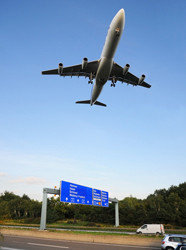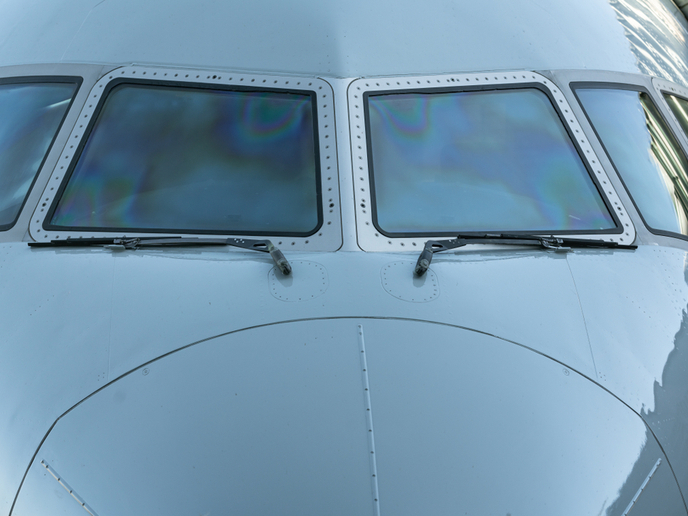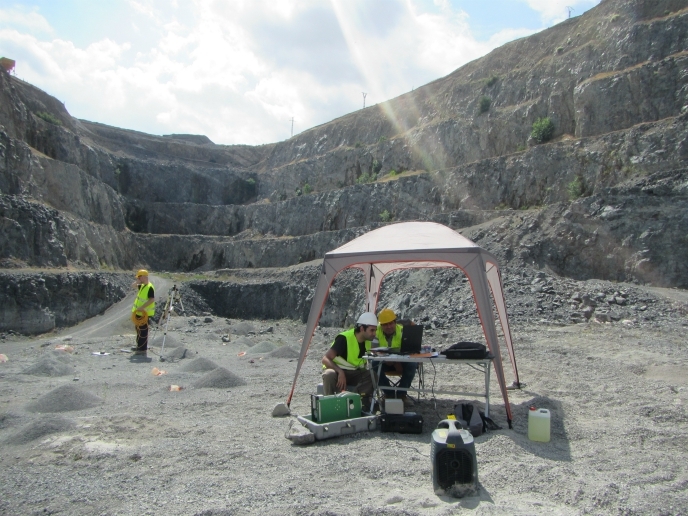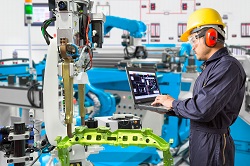Open rotors: Removing barriers to entry
The EU has devoted much effort to reducing aircraft noise and emissions. The bulk of the work has been focused on turbofan engines commonly used in modern airliners and noise near airports during take-off and landing. The EU-funded 'Noise impact of aircraft with novel engine configurations in mid- to high altitude operations' (NINHA) project was initiated to extend these studies. Scientists sought to scientifically evaluate en route noise issues (during mid- to high-altitude operation) associated with novel CROR systems. One major challenge for researchers was to validate the long-range noise propagation models at cruising altitudes. To this end, they performed near- and far-field measurements of noise attenuation between a propeller aircraft with a conventional engine and the ground. These measurements matched those of the prediction models that also involved locally varying atmospheric conditions. Another major challenge was to extrapolate near-field CROR noise, measured in wind tunnels, to the far-field. Researchers applied two computational aero-acoustics methods to produce a comprehensive database for the far-field. The source noise and propagation models were implemented in the SOPRANO aircraft noise prediction software suite to predict en route noise levels as perceived on the ground. Researchers also developed an en route noise impact model. Noise data for turbofans, turboprops and CROR aircraft were obtained from the EASA BANOERAC study, NINHA dedicated measurements and SOPRANO predictions, respectively. Combined with en route air traffic data generated in NINHA, the en route noise impact was established for various aircraft and engine configurations (CROR share). Based on the impact calculation results, researchers made a first assessment regarding the challenges the new-generation CROR aircraft may face. NINHA established that at cruising altitudes the CROR noise with current technology is expected to be significantly reduced compared to that of the unducted fan of the 1980s. The maximum cruise noise level should be equivalent to that of today's turboprops. Further reductions in open rotor noise are expected before they enter service in the late 2020s.







